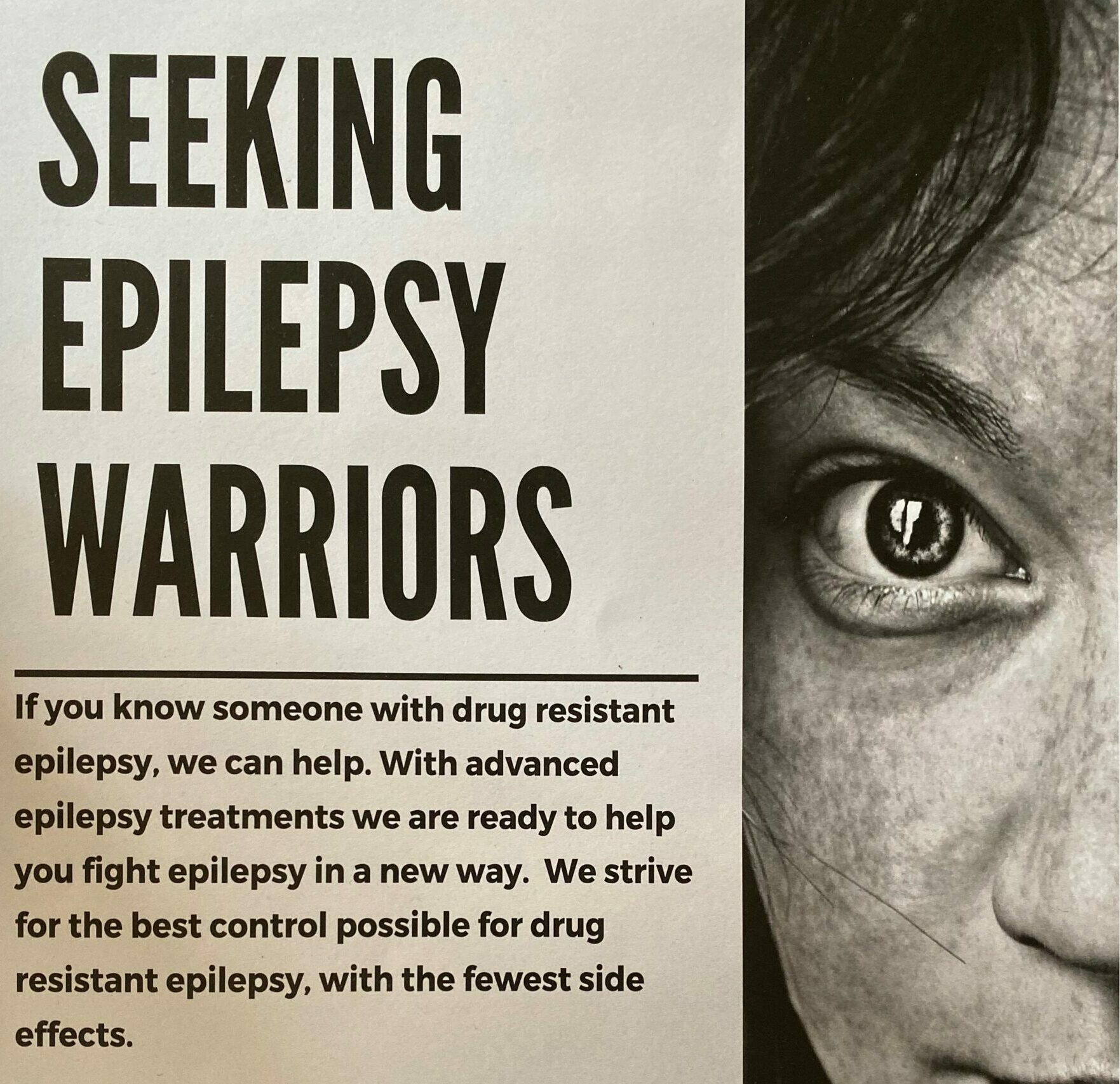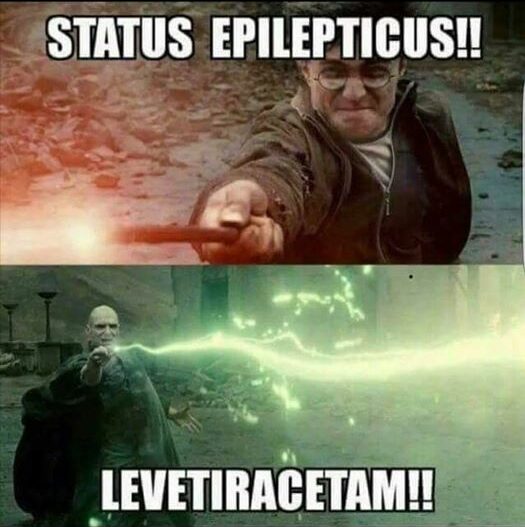Montana Comprehensive Epilepsy Program
“Epilepsy is the most common and potentially devastating neurological disease that affects people across the lifespan”
1 in 26 people will have epilepsy in their lifetime. Seizures know no boundaries, striking any age, any socio-economic level, and any ethnicity.Between 2.2 and 3 million Americans, including almost 400,000 children, live with epilepsy. Of those, one-third suffer treatment-resistant seizures that do not respond to currently available medications.
(from the American Epilepsy Society home page)
Are you still having seizures? Do you know what type of epilepsy you have? Are you a candidate for VNS? Are you a surgical candidate? Do you have side effects from your anti-seizure drugs? Are you paying too much for your anti-seizure drugs? Is your insurance refusing to pay for your needed medication? Can the epilepsy diet help you? Are you one of millions of people who have depression and epilepsy? Are you a candidate for an experimental drug? We can answer these and many other questions and help you solve many problems related to your epilepsy. And remember: Purple is the epilepsy color.

Join the war on epilepsy!
Our passion is treating epilepsy. One in 26 people gets epilepsy. More people die each year of epilepsy than breast cancer. About 75% of people with epilepsy should be seizure free on a single drug. Are you seizure free? Are you having any side effects of your medication, including dizziness, depression, or cognitive impairment? Do you know all your options? Come see us, we will change your life.
Your Path to Seizure Freedom
Accurate Diagnosis
The cornerstone of epilepsy management is an accurate diagnosis. There are many types and causes of epilepsy, each with unique treatments. The proper diagnosis guides these therapies. We start with a specialized epilepsy focused history and neurological exam. Of importance in the diagnosis is the clinical semiology (what you do during your seizures). The second, and perhaps most important component of epilepsy diagnosis is the electroencephalogram. That’s because EEG interpretation is complicated, difficult, and mostly done incorrectly. We have spent years building the finest EEG lab in the state. Our testing is precise and accurate. Lastly, high resolution brain MRI imaging can be helpful in determining the etiology of some epilepsies. There are two large categories of epilepsy: generalized and focal, depending on where in the brain they start. There are also many specific genetic and non-genetic epilepsy syndromes. Many of these epilepsies are treated with different medications. We are experts in clinical assessment, diagnosis, and best practice therapy. Our state-of-the-art EEG laboratory is a key component of our continued success. We promise you an accurate diagnosis, whether your seizures are epileptic or non-epileptic.
First Line Therapy: Medications
The first line of treatment is typically medication. Seventy five percent of people with epilepsy will be seizure free on a single drug. Although drugs don’t cure the underlying epilepsy, they can stop seizures, and vastly improve your quality of life. For our patients, drug choice is highly individualized. Genetic and metabolic variances makes every patient unique. There are over 25 anti-seizure drugs available. Many factors go into choosing the best drug and dosage that works for you. Managing side effects can also be a significant problem. We help you find the medication that stops the seizures with the fewest side effects. That’s our goal. That’s our promise.
Brain Electrical Stimulation Therapy
If you have failed more than 3 medications you should begin to consider electrical stimulation devices or surgery. There are several types of stimulator platforms used in epilepsy. One type is DBS (deep brain stimulation) which utilizes tiny electrodes implanted into the anterior nucleus of the thalamus connected to a programmable device implanted under the skin. Another type, RNS (responsive neuro stimulation) which uses electrodes implanted in brain areas where the seizures begin. It monitors brain waves, can sense when a seizure starts, and deliver stimulation too abort the seizure. It is also computer controlled by a surgically implanted control module. Lastly, VNS (vagus nerve stimulator) uses the left vagus nerve in the neck to transmit electrical stimulation to the brain. It works quite well in both epilepsy and depression, which occurs in almost 1/3 of epilepsy patients. Because it does not require invasive brain electrode implantation, it is much more popular and widely used. We will help you decide which option is best, and work with your insurance company for full payment. We have decades of experience using VNS. If you are a candidate, we will connect you to our best surgeons for a quick outpatient surgery. Talk to any of the over one hundred Montanans whom we have treated with VNS. It has made a huge difference in their lives.
Epilepsy Surgery
If you have failed multiple medications, you may be a candidate for epilepsy surgery, the only cure for epilepsy. There are about 6 different types of surgery available for select epilepsies with focal or lateralized onset. We work closely with the surgical epilepsy programs at Harborview Hospital for adults and Seattle Children’s Hospital for our pediatric patients. We begin the evaluation process with routine and ambulatory EEG testing here in Montana. We arrange your visit to Seattle and work closely with the epilepsy surgery team there. We will be able to tell you the risks of surgery and your chances of seizure freedom after surgery. We follow up with you after surgery. We rejoice when you are seizure free.

Out Specialty Epilepsy ClinicsEpilepsy in Pregnancy